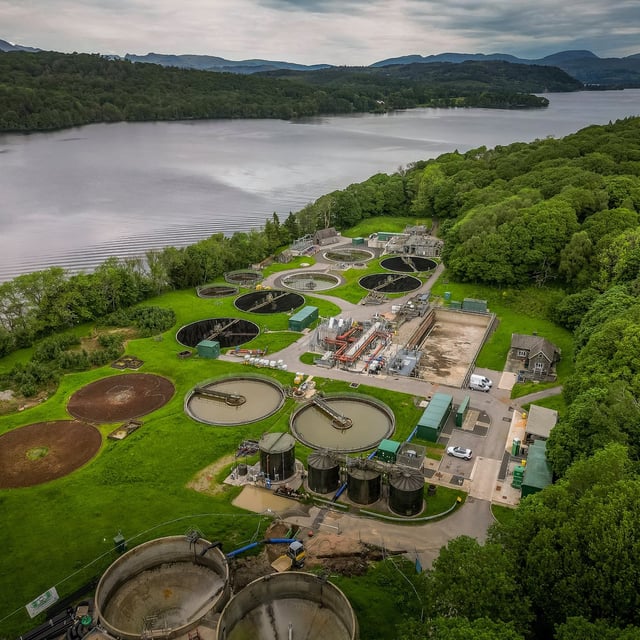Overview
- More than 350 volunteers collected over 1,000 samples at 100-plus sites from June 2022 to November 2024, producing the most detailed year-round dataset for England’s largest lake.
- Summer readings showed E. coli and intestinal enterococci at levels consistent with poor bathing-water status in the northwest, northeast and southwest of Windermere, with lower levels the rest of the year.
- Phosphorus across shoreline areas was classified as moderate rather than good under UK standards, increasing the risk of algal blooms and ecological harm.
- The survey identified recurring hotspots around Waterhead, Millerground, Bowness Bay, Belle Isle, Mitchell Wyke Bay, parts of the southwest shore and near the River Leven outflow, with elevated levels also recorded in several inflowing becks and rivers.
- The findings highlight gaps in the Environment Agency’s summer-only testing at four sites rated excellent, as scientists call for expanded monitoring, targeted investigations and investment, with Defra and United Utilities reiterating cleanup commitments.



